An October 2017 report by Greenpeace, an environmental group, rated the environmental impact of several tech companies. Many of them did not rate well.


An October 2017 report by Greenpeace, an environmental group, rated the environmental impact of several tech companies. Many of them did not rate well.
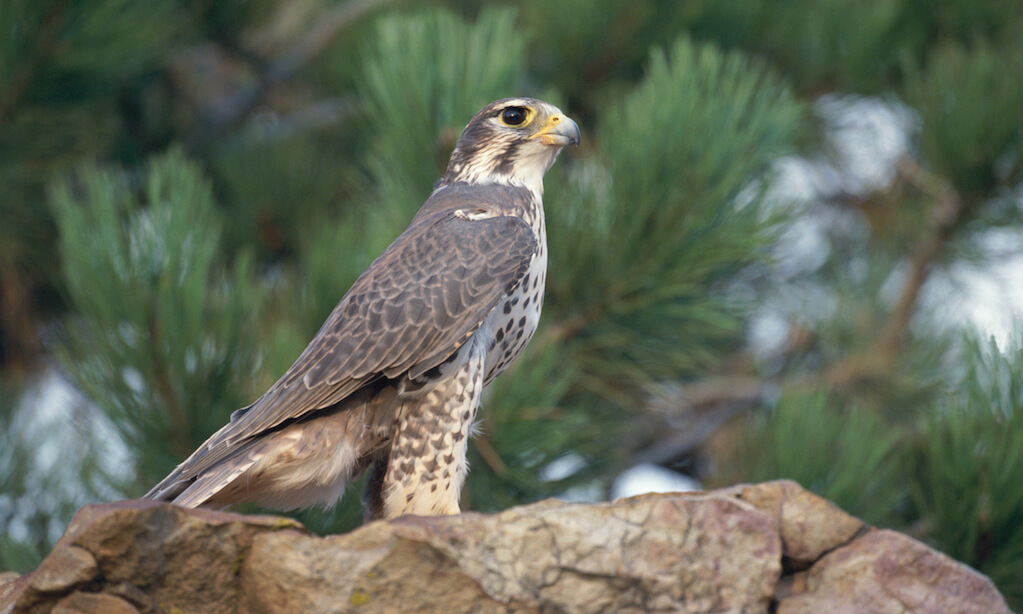
Helen Macdonald, author of the best-selling memoir H is for Hawk, wonders about the desires and needs of animals. She suggests we can only imagine what they can be through our own lens of human experience.
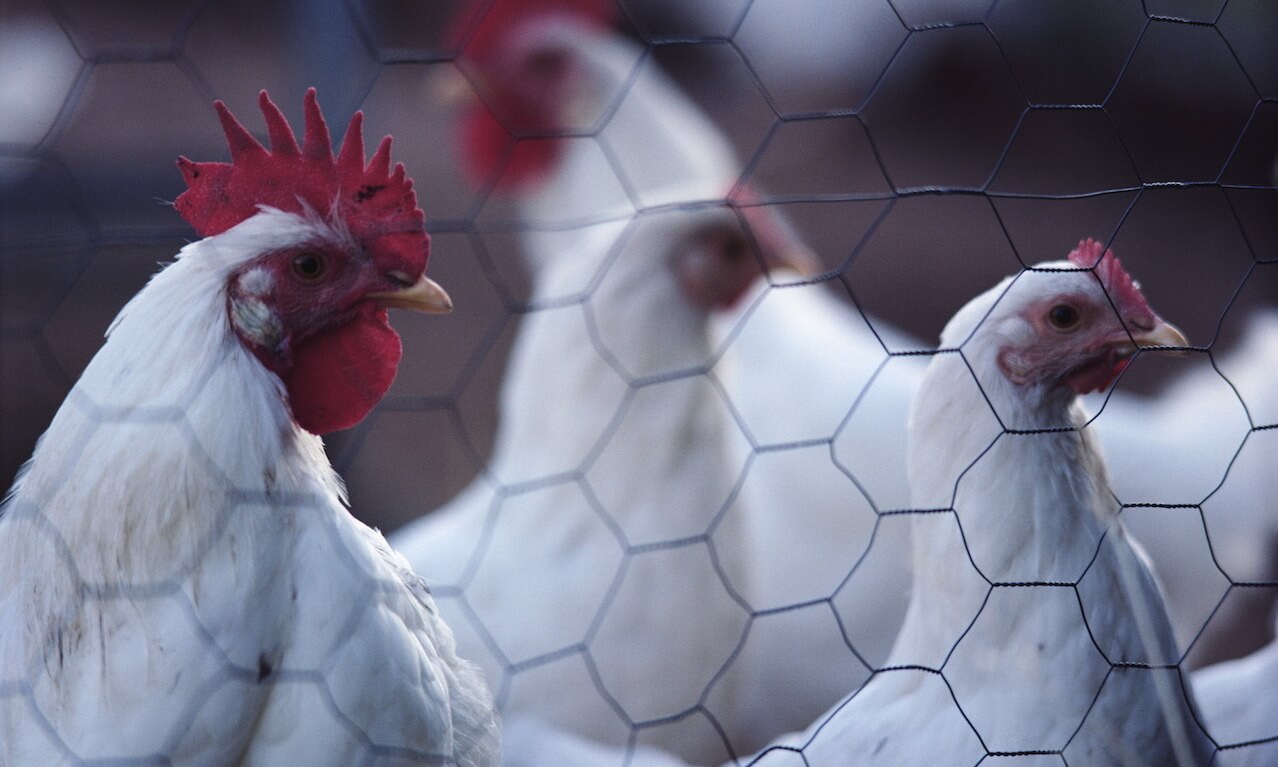
This article documents the current disputes about the safety of workers in the meat processing and meat packing industry.
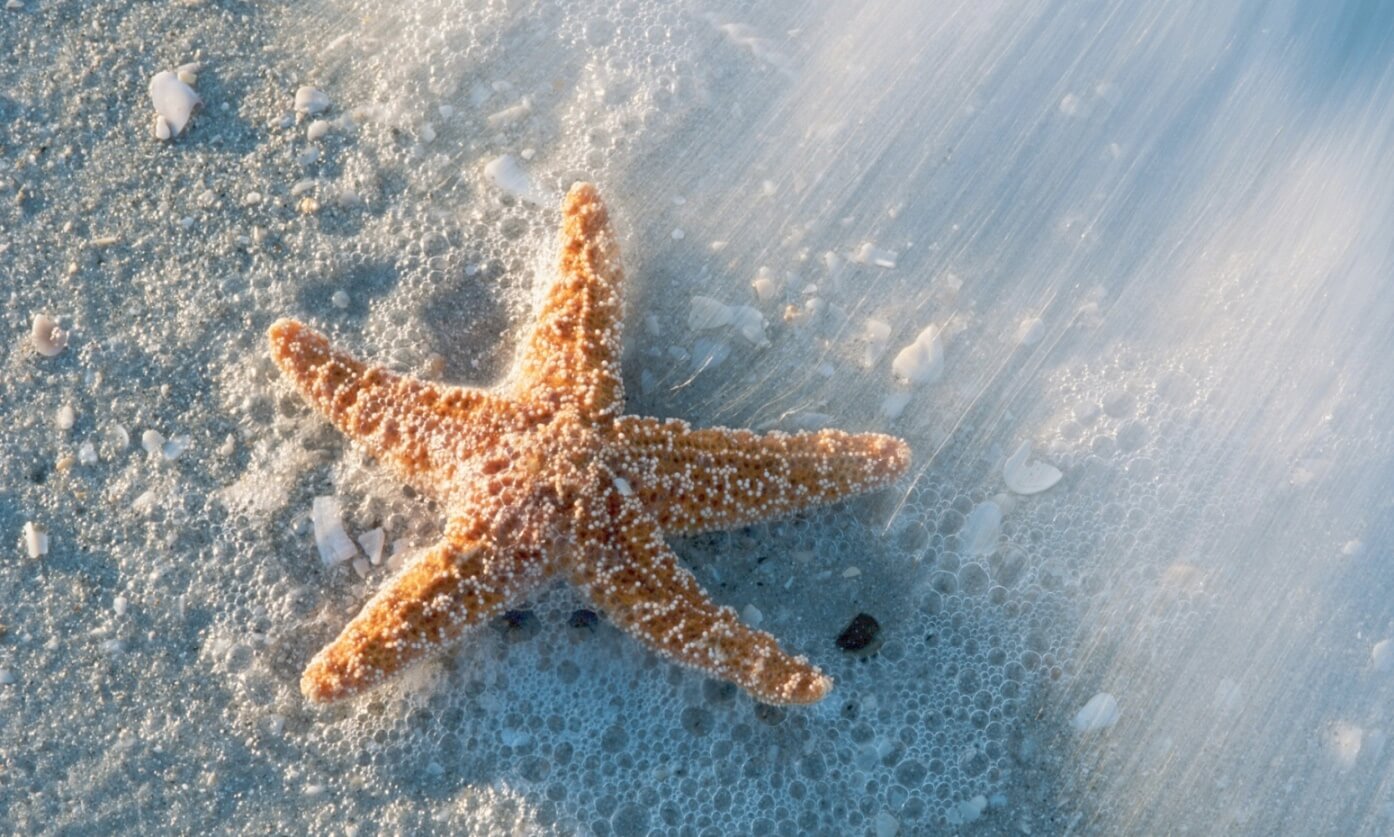
You’ve probably heard that sea stars, or starfish, have the ability to regenerate limbs. Find out even more about these fascinating sea creatures.
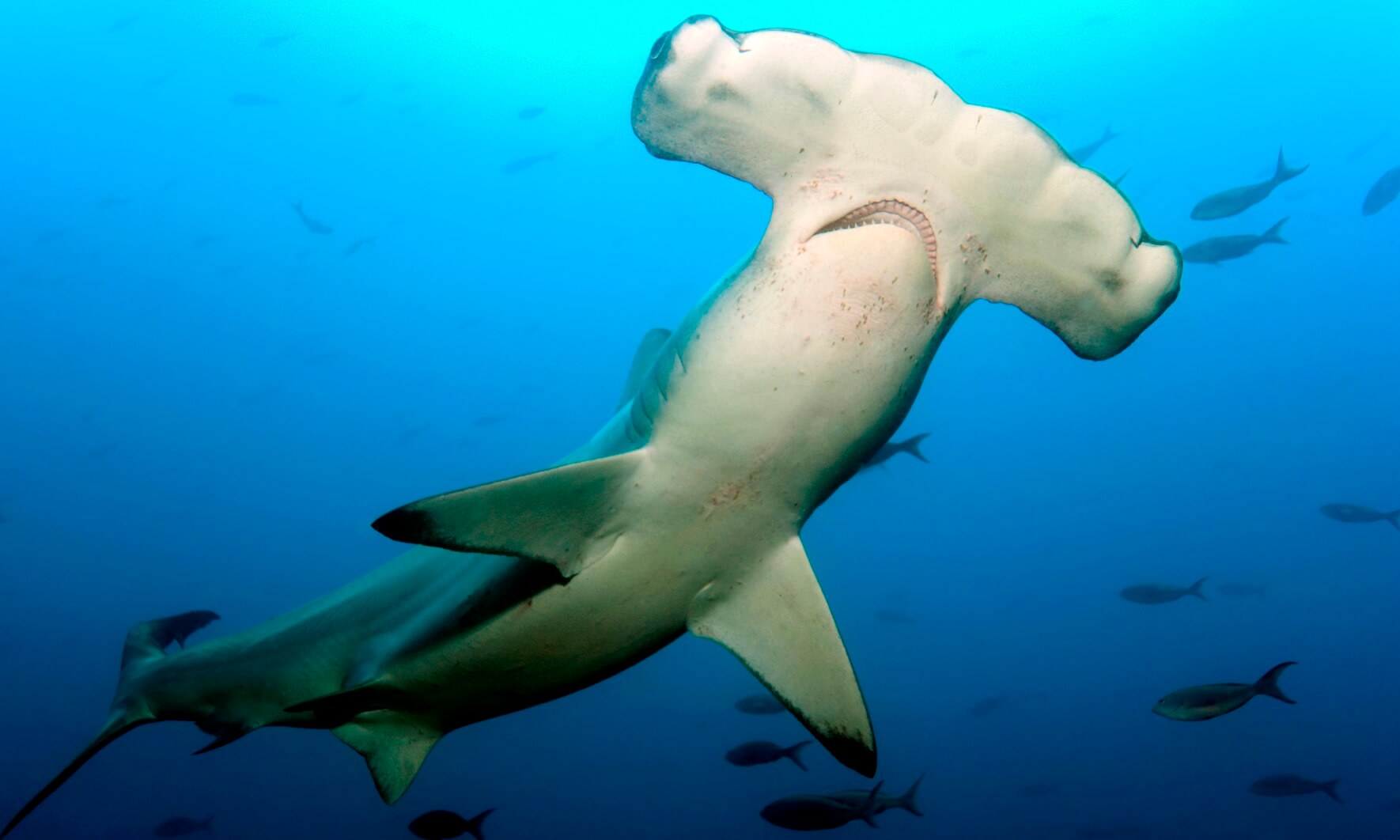
The bizarre head shape of the hammerhead shark gives it a distinct advantage in hunting prey.
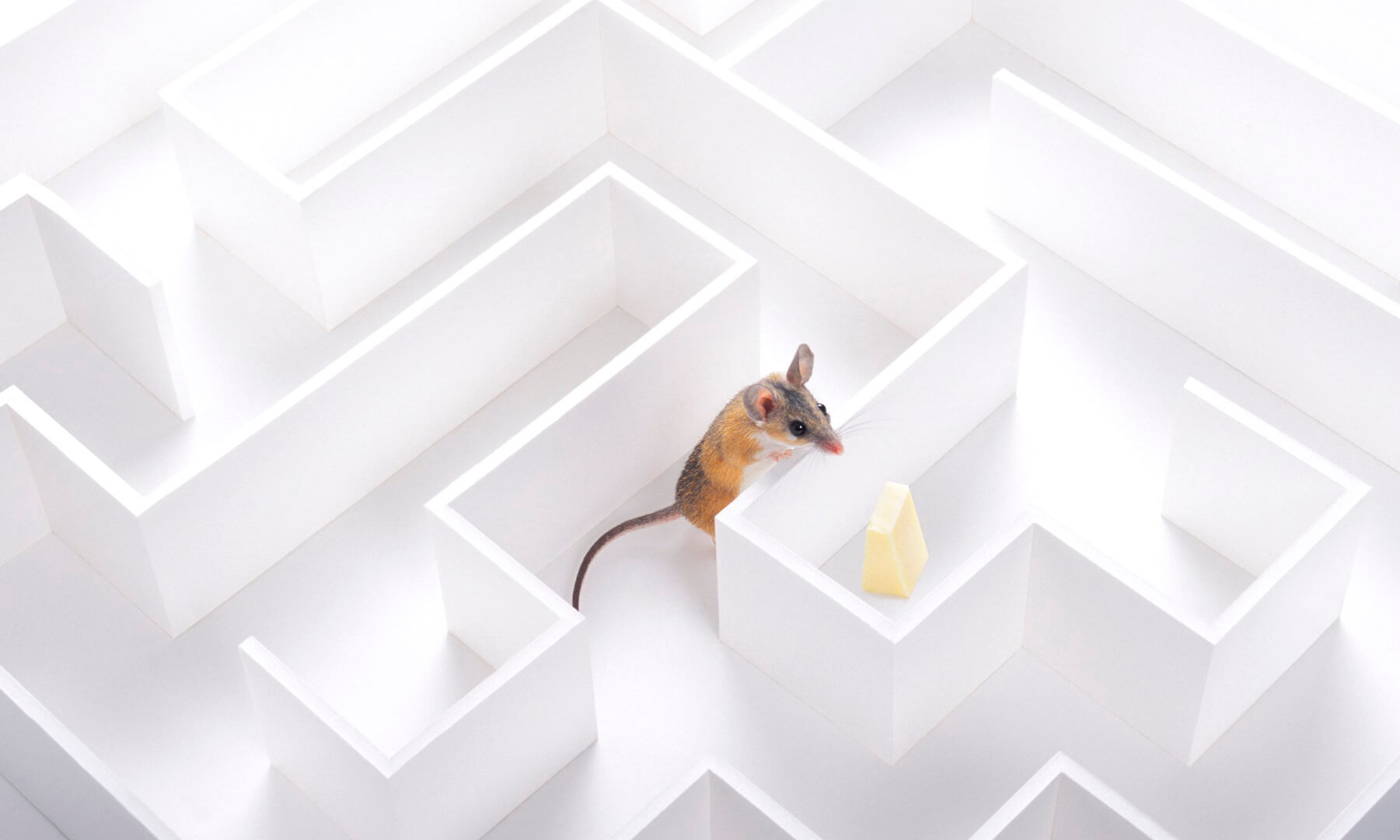
It’s one thing to talk about which animals are smarter than others, but it’s quite another task to design a test that proves it.
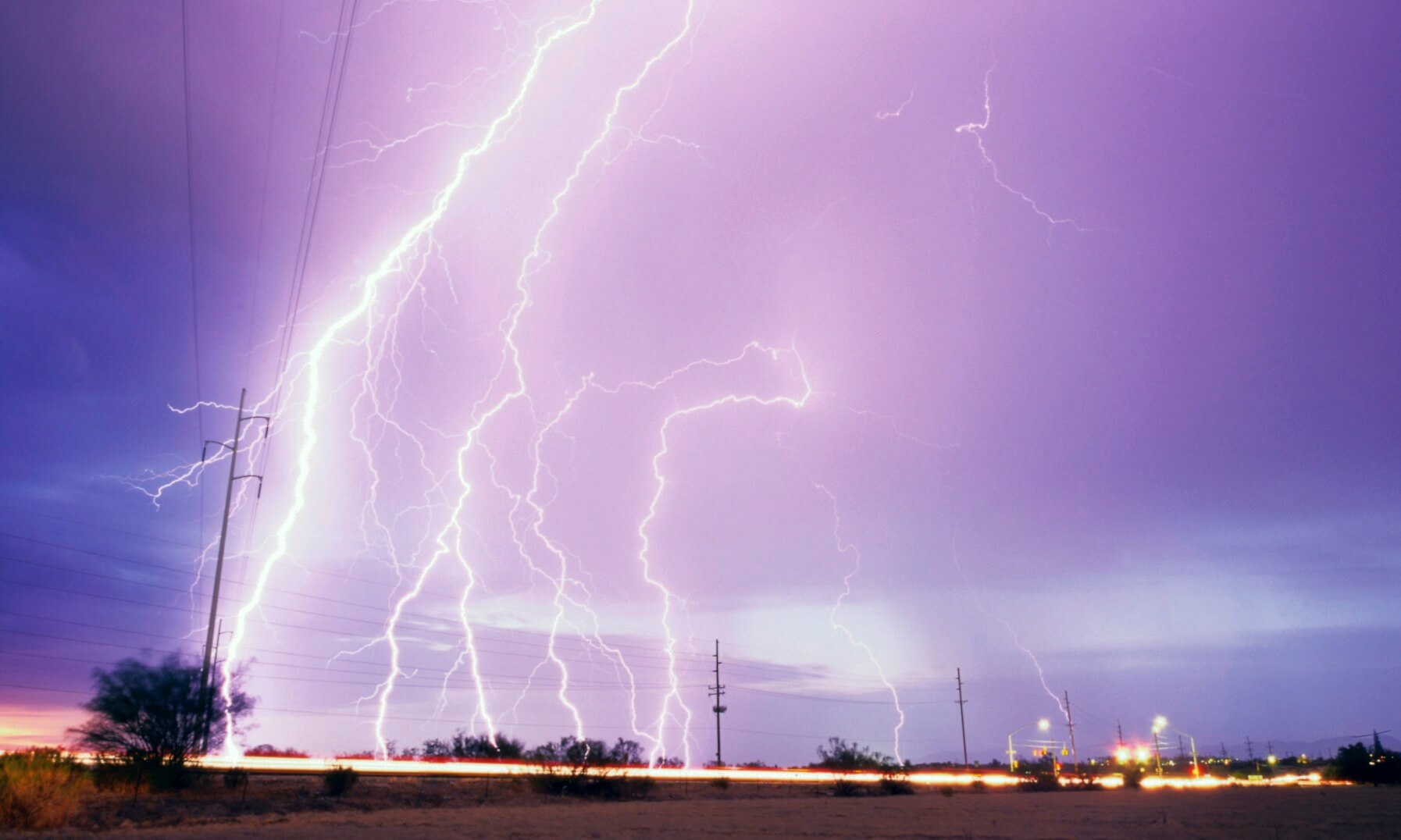
Author Randall Munroe answers readers’ questions about lightning—not necessarily in ways that calm their fears.
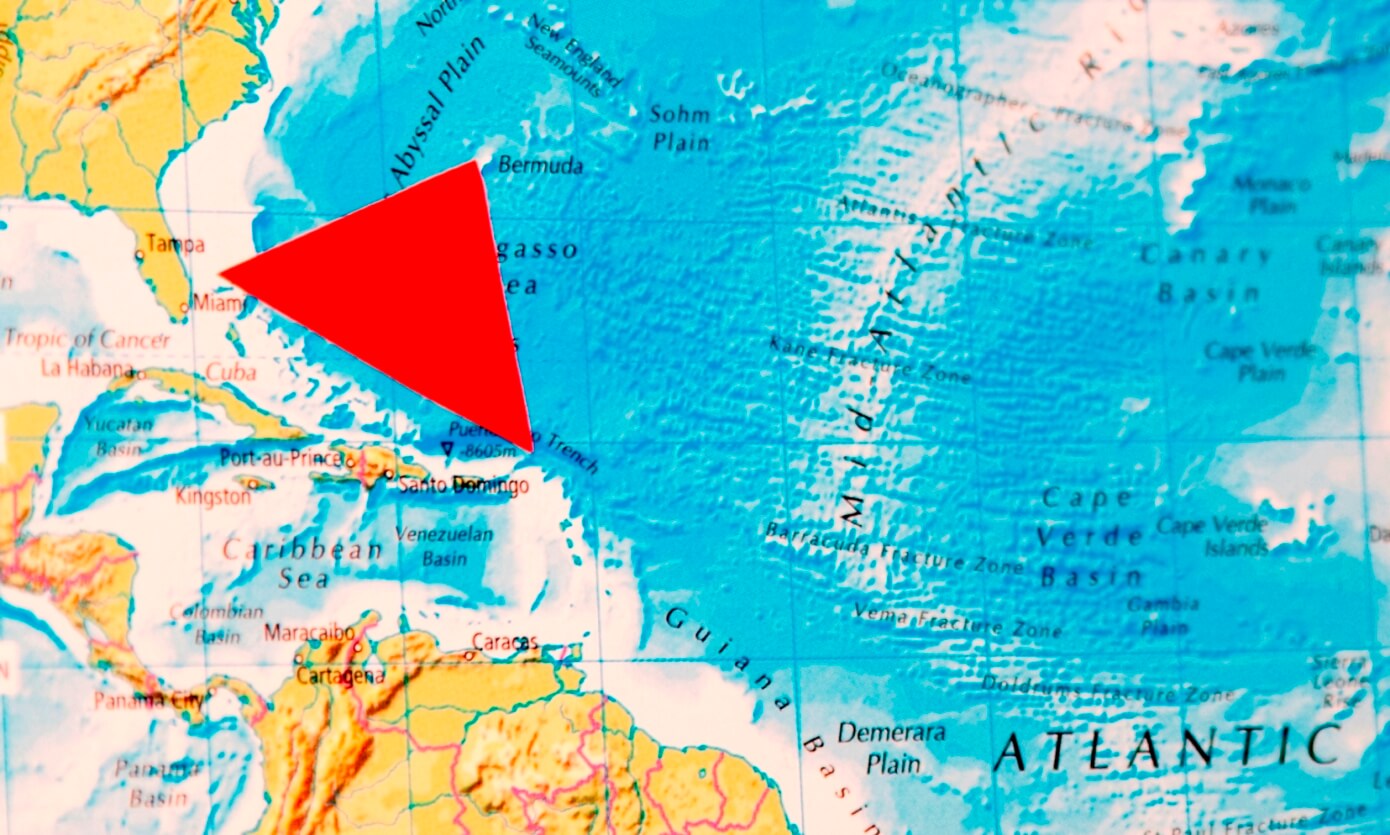
The source of many bizarre tales, this area of the Atlantic Ocean has claimed a surprising number of ships and planes. But it’s not sea monsters or extraterrestrials causing the chaos.

Get the big picture of types and impacts of natural disasters by clicking around this page. You’ll find graphs ranking disasters by type, location, damage done, and much more.

Imagine the elation at witnessing a cosmic event that occurred millions of years ago! That’s what happened in October this year when scientists announced the ripple effect (literally) of two neutron stars crashing into each other around 130 million years ago.
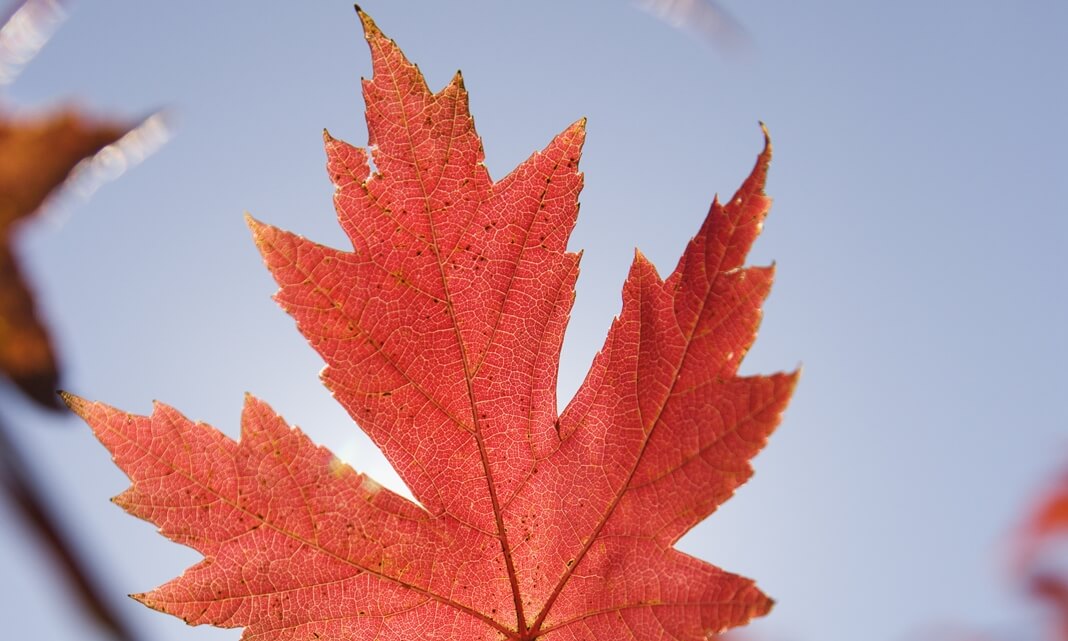
Scenes of colorful leaves dropping to the ground typically signify Fall. But, not to everyone. To the Chinese, Fall (or Autumn) represents the color white among other connotations.
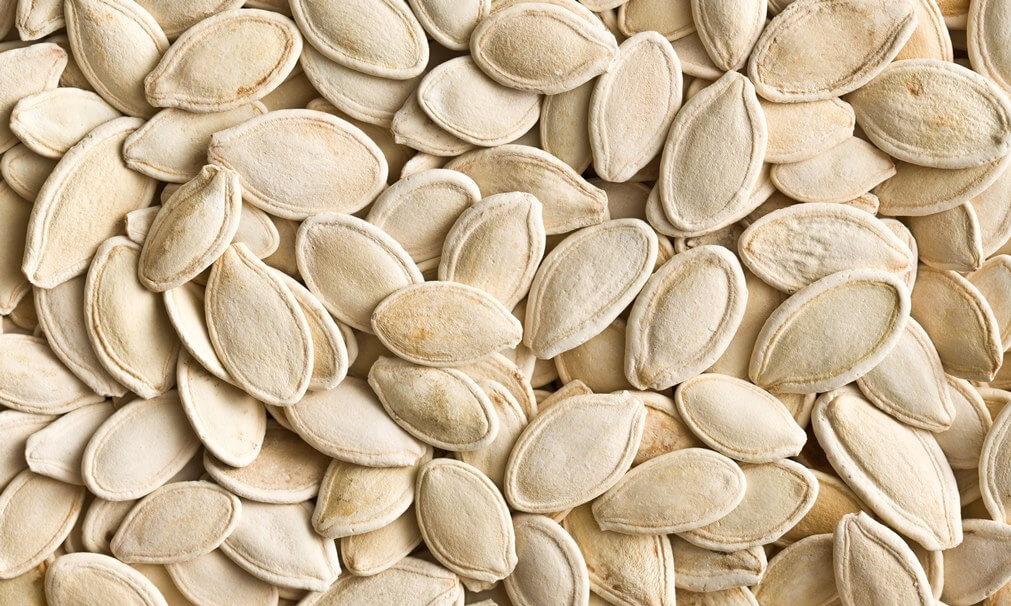
The seed for the Edible Schoolyard Project was sown 20 years ago at Martin Luther King, Jr. Middle School in Berkeley, California! The concept is that the garden is an interactive classroom. Read this article from the ESY about collecting seeds in the Fall.
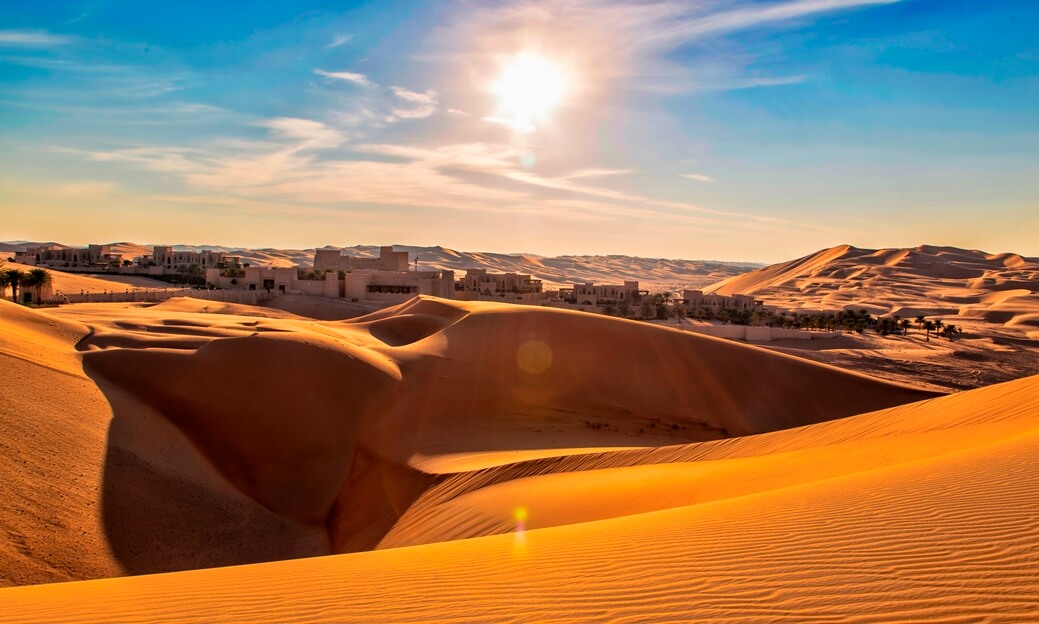
Building a city on Mars is full of unknown risk. The United Arab Emirates plan to build a Martian city…on Earth…within the next ten years or so to plan for the real thing.
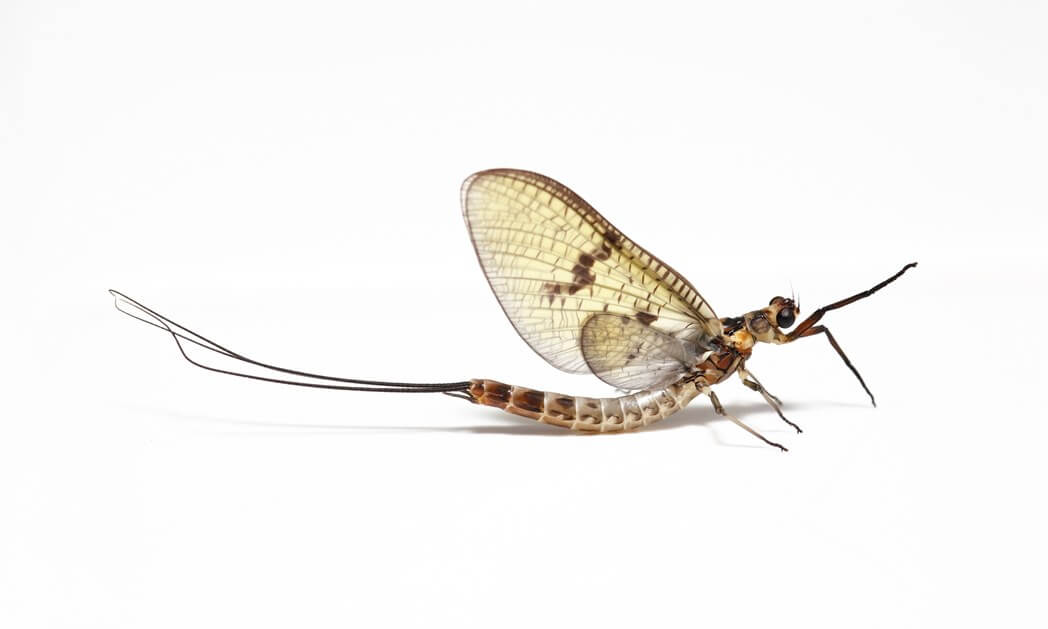
Can you think of many animals that go through a dramatic physical transformation and appearance during their lifetime, aside from the butterfly? Have a look at this list of the top 15.
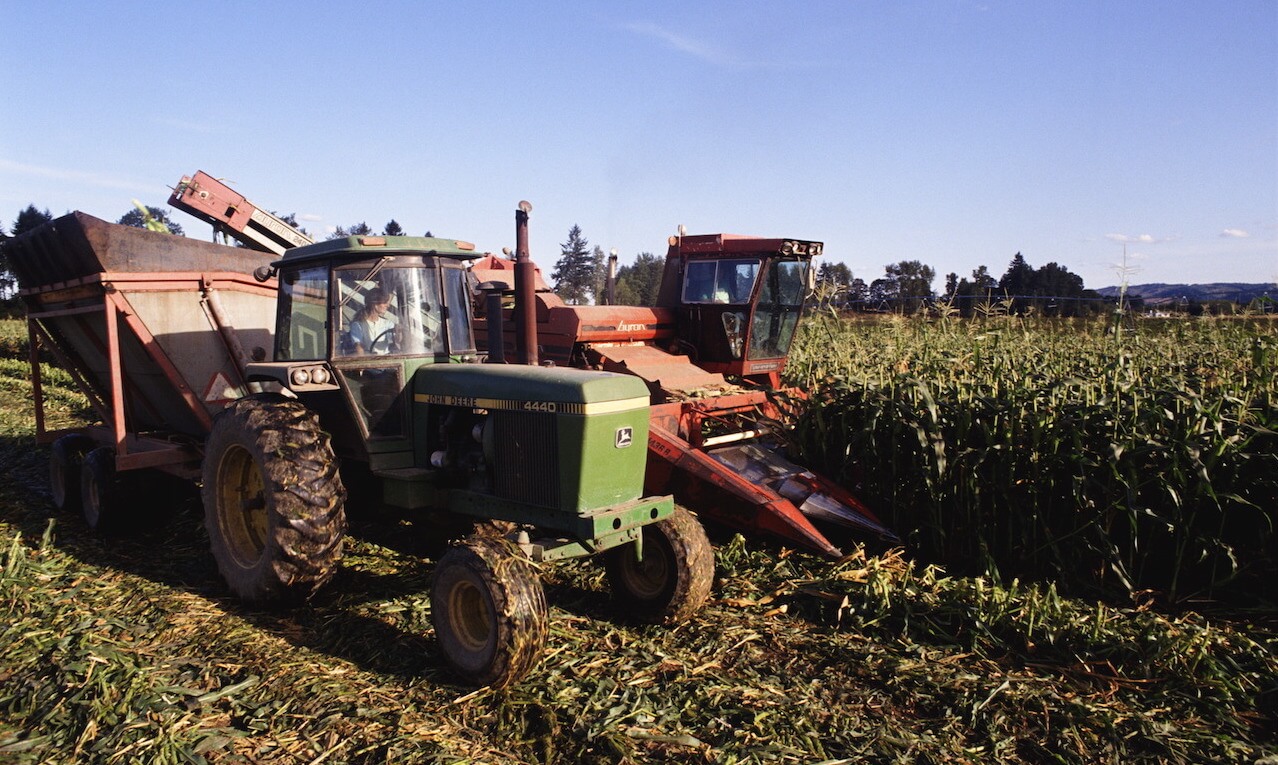
This article examines the complexities of farming technology and its environmental impact since the invention of John Deere’s steel plow in 1833.
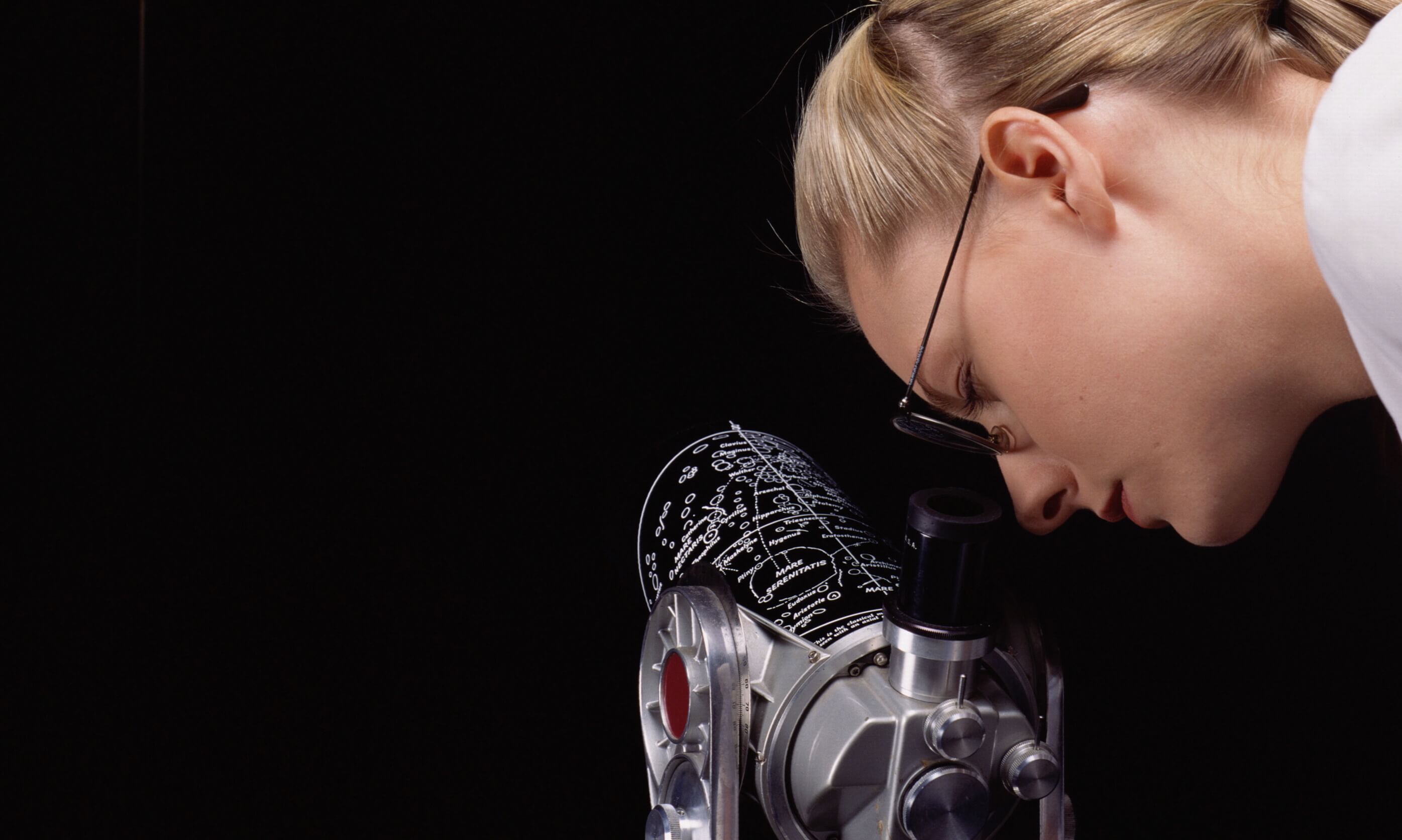
In the early 1800s, astronomy was seen as a feminine hobby. As it became professionalized, women started to become sidlined. Scientists like Maria Mitchell fought for women’s place in the field.

James Campbell, author of Braving It: A Father, A Daughter, and an Unforgettable Journey into the Alaskan Wild, discusses scientific research that shows children have become more afraid of being outside and argues that parents should take their kids out into nature.

What is it about dogs that makes us love them and treat them like family?
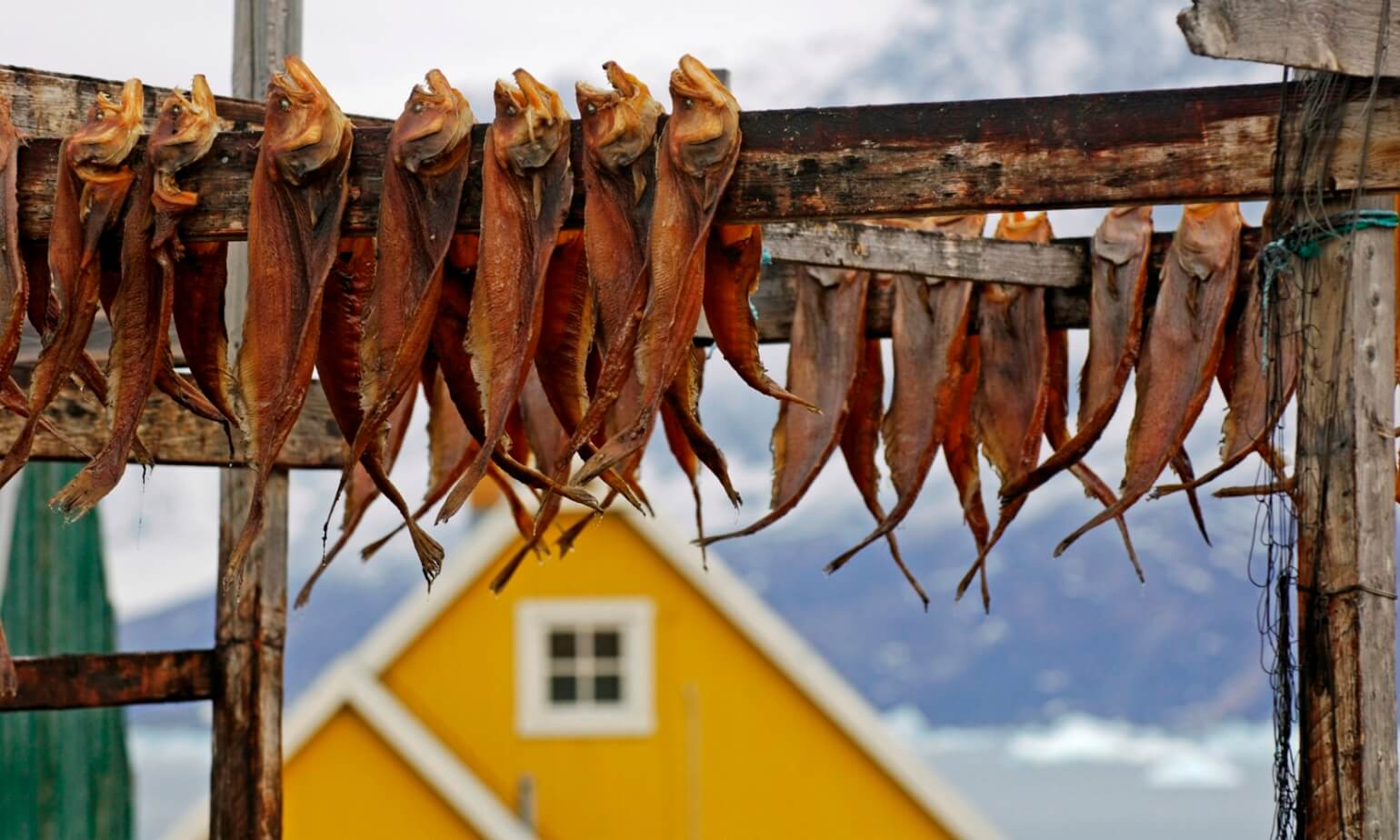
As ocean temperatures warm, disasters that have not occurred in recorded history are becoming the norm.
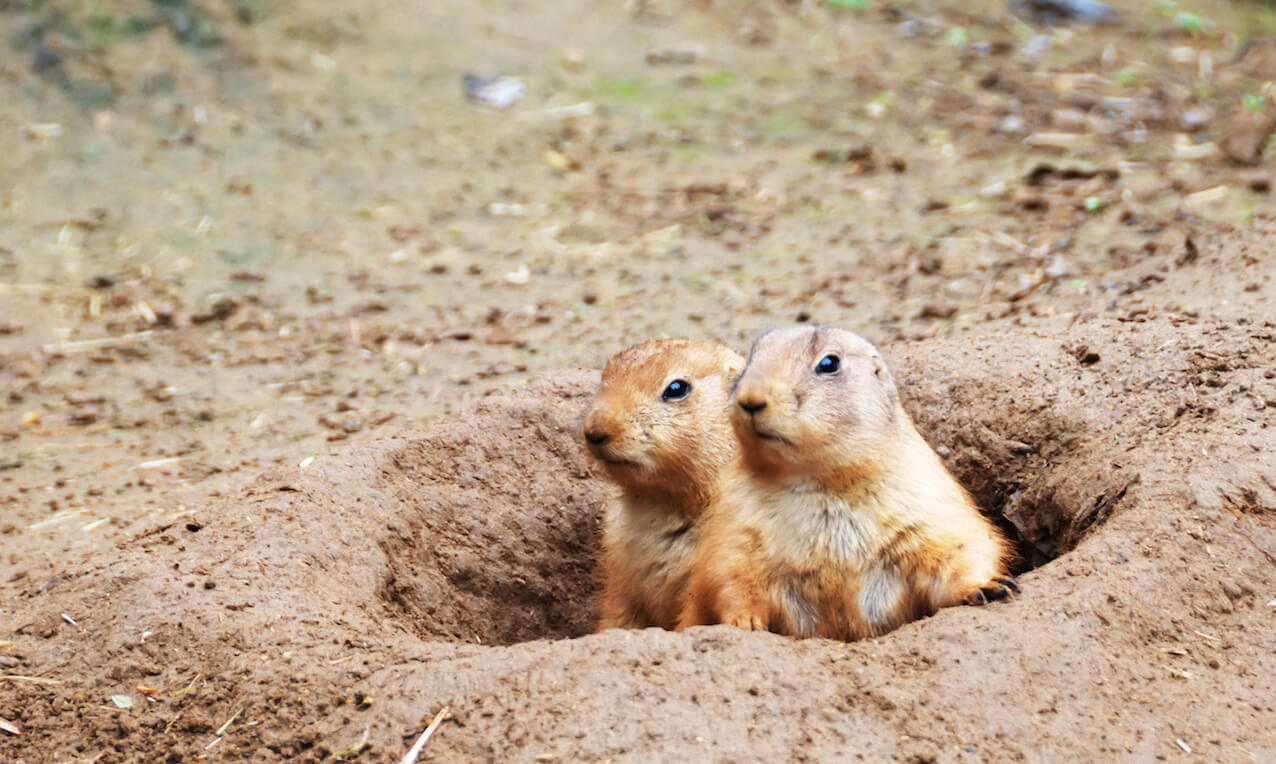
In this interview, molecular biologist Nathan Lents discusses his book, Not So Different: Finding Human Nature in Animals.